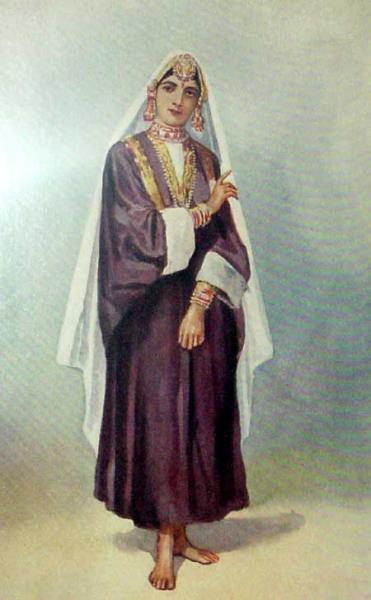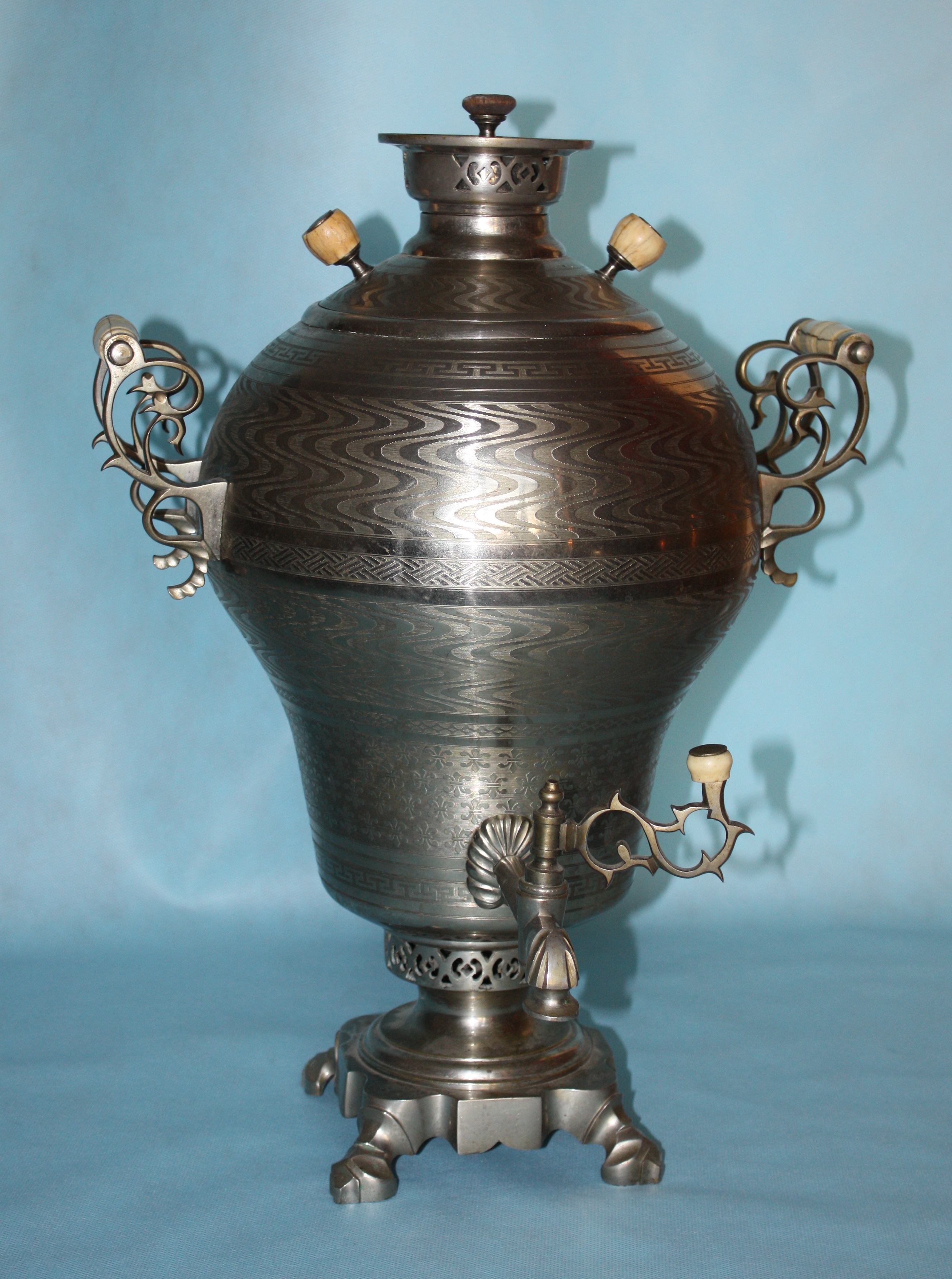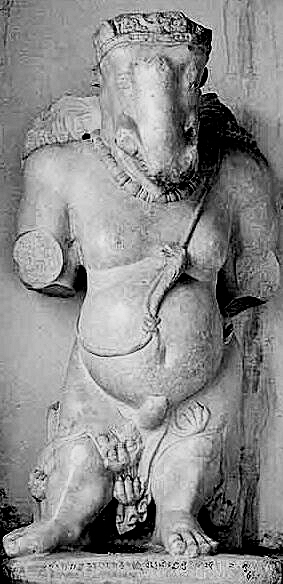|
Culture Of Jammu And Kashmir
The culture of Kashmir encompasses the spoken language, written literature, cuisine, architecture, traditions, and history of the Kashmiri people native to the northern part of the Indian subcontinent. The culture of Kashmir was influenced by the Persian as well as Central Asian cultures after the Islamic invasion of Kashmir. Kashmiri culture is heavily influenced by Hinduism, Buddhism and later by Islam. Early History ''Vedic'' art and culture grew in Kashmir, and some early Vedic hymns were composed there. The '' Bharata Natya Shastra'', which is notable as an ancient encyclopedic treatise on the arts which has influenced dance, music and literary traditions in Indian culture, originated in Kashmir. 2nd century BC writer ''Patanjali'' compiled his compendium on Yoga in Kashmir. The '' Panchatantra'' is also said to have originated in this region. At the time when ''Pali'' was the primary language for Buddhist literature in the rest of India, all the Buddhist li ... [...More Info...] [...Related Items...] OR: [Wikipedia] [Google] [Baidu] |
Kashmiri
Kashmiri may refer to: * People or things related to the Kashmir Valley or the broader region of Kashmir * Kashmiris, an ethnic group native to the Kashmir Valley * Kashmiri language, their language People with the name * Kashmiri Saikia Baruah, Indian actress * Abid Kashmiri, Pakistani actor and a comedian * Agha Hashar Kashmiri (1879–1935), Urdu poet, playwright and dramatist * Agha Shorish Kashmiri (1917–1975), Pakistani scholar and politician * Amr Kashmiri (born 1987), Pakistani actor and musician * Anwar Shah Kashmiri (1875–1933), Kashmiri Islamic scholar from former British India * Aziz Kashmiri (born 1919), Kashmiri journalist * Hamidi Kashmiri (born 1932), Indian poet and academic * Ilyas Kashmiri (1964–2011), senior al-Qaeda operative * Shahzad Kashmiri, Pakistani television and film director and cinematographer * Kashmiri Lal Zakir (1919–2016), Indian writer * MC Kash (born 1990), Kashmiri Rapper See also * Kashmir (other) * Kashmiri Muslims * ... [...More Info...] [...Related Items...] OR: [Wikipedia] [Google] [Baidu] |
Samovar
A samovar (russian: самовар, , literally "self-brewer") is a metal container traditionally used to heat and boil water. Although originating in Russia, the samovar is well known outside of Russia and has spread through Russian culture to other parts of Eastern Europe, as well as Western and Central and South Asia. Since the heated water is typically used to make tea, many samovars have a ring-shaped attachment (russian: конфорка, ) around the chimney to hold and heat a teapot filled with tea concentrate. Though traditionally heated with coal or kindling, many newer samovars use electricity to heat water in a manner similar to an electric water boiler. Antique samovars are often prized for their beautiful workmanship. Description Samovars are typically crafted out of plain iron, copper, polished brass, bronze, silver, gold, tin, or nickel. A typical samovar consists of a body, base and chimney, cover and steam vent, handles, tap and key, crown and ring, chimn ... [...More Info...] [...Related Items...] OR: [Wikipedia] [Google] [Baidu] |
Indo-Aryan Languages
The Indo-Aryan languages (or sometimes Indic languages) are a branch of the Indo-Iranian languages in the Indo-European language family. As of the early 21st century, they have more than 800 million speakers, primarily concentrated in India, Pakistan, Bangladesh, Nepal, Sri Lanka, and Maldives. Moreover, apart from the Indian subcontinent, large immigrant and expatriate Indo-Aryan–speaking communities live in Northwestern Europe, Western Asia, North America, the Caribbean, Southeast Africa, Polynesia and Australia, along with several million speakers of Romani languages primarily concentrated in Southeastern Europe. There are over 200 known Indo-Aryan languages. Modern Indo-Aryan languages descend from Old Indo-Aryan languages such as early Vedic Sanskrit, through Middle Indo-Aryan languages (or Prakrits). The largest such languages in terms of first-speakers are Hindi–Urdu (),Standard Hindi first language: 260.3 million (2001), as second language: 120 million ... [...More Info...] [...Related Items...] OR: [Wikipedia] [Google] [Baidu] |
Dardic Languages
The Dardic languages (also Dardu or Pisaca) or Hindu-Kush Indo-Aryan languages, are a group of several Indo-Aryan languages spoken in northern Pakistan, northwestern India and parts of northeastern Afghanistan. The term "Dardic" is stated to be only a geographic convention used to denote the northwesternmost group of Indo-Aryan languages rather than any ethnic or linguistic basis. There is no ethnic unity among the speakers of these languages nor the languages can be traced to a single linguistic tree model, being mostly very distinct from each another, with each language varying considerably among themselves. The languages and peoples are often referred to as Kohistani, mostly by the Pashtuns and also by themselves. History Early British efforts placed almost all the peoples and languages of the upper Indus River between Kashmir and Kabul into one unitary group, coining the distinct identities of all other peoples in the region, resulting in the formation of terms suc ... [...More Info...] [...Related Items...] OR: [Wikipedia] [Google] [Baidu] |
Verinag
Verinag ( is a town named after and famous for the Verinag spring and Mughal garden, near Anantnag city in Anantnag district of the union territory of Jammu and Kashmir, India. It is a notified area committee with tehsil status (Shahabad Bala Verinag) and is about 26 kilometers away from Anantnag and approximately 78 kilometres south-east from Srinagar which is the summer capital of the union territory of Jammu and Kashmir. Verinag is also the first tourist spot of Kashmir Valley when travelling by road from Jammu, the winter capital of the union territory of Jammu and Kashmir towards Srinagar. There is an octagonal stone basin at Verinag Spring and an arcade surrounding it which were built by Mughal emperor Jahangir in 1620 A.D. Later, a beautiful garden next to this spring, was laid out by his son Shah Jahan. This spring is known to never dry up or overflow. Verinag Spring is also the major source of river Jhelum. Verinag Spring and Mughal Arcade surrounding it is officiall ... [...More Info...] [...Related Items...] OR: [Wikipedia] [Google] [Baidu] |
Sharada Script
The Śāradā, Sarada or Sharada script is an abugida writing system of the Brahmic family of scripts. The script was widespread between the 8th and 12th centuries in the northwestern parts of Indian Subcontinent (in Kashmir and neighbouring areas), for writing Sanskrit and Kashmiri. Originally more widespread, its use became later restricted to Kashmir, and it is now rarely used except by the Kashmiri Pandit community for religious purposes. It is a native script of Kashmir and is named after the goddess Śāradā or Saraswati, the goddess of learning and the main deity of the Sharada Peeth temple. History The Bakhshali manuscript uses an early stage of the Sharada script. The Sharada script was used in Afghanistan as well as in the Himachal region in India. In Afghanistan, the Kabul Ganesh has a 6th to 8th century Proto-Sharada inscription mentioning the, Turk Shahis, king Khingala of Oddiyana. At the historic Markula Devi Temple, the goddess Mahishamardini has a S ... [...More Info...] [...Related Items...] OR: [Wikipedia] [Google] [Baidu] |
Nowruz
Nowruz ( fa, نوروز, ; ), zh, 诺鲁孜节, ug, نەۋروز, ka, ნოვრუზ, ku, Newroz, he, נורוז, kk, Наурыз, ky, Нооруз, mn, Наурыз, ur, نوروز, tg, Наврӯз, tr, Nevruz, tk, Nowruz, uz, Navro'z is the Persian-language term for the day of the Iranian New Year, also known as the Persian New Year. It begins on the spring equinox and marks the beginning of Farvardin, the first month of the Solar Hijri calendar (an Iranian calendar used officially in Iran and Afghanistan). The day is celebrated worldwide by various ethnolinguistic groups and falls on or around the date of 21 March on the Gregorian calendar. The day of Nowruz has its origins in the Iranian religion of Zoroastrianism and is thus rooted in the traditions of the Iranian peoples; however, it has been celebrated by diverse communities for over 3,000 years in Western Asia, Central Asia, the Caucasus, the Black Sea Basin, the Balkans, and South Asia. Presentl ... [...More Info...] [...Related Items...] OR: [Wikipedia] [Google] [Baidu] |
Mawlid
Mawlid, Mawlid an-Nabi ash-Sharif or Eid Milad un Nabi ( ar, المولد النبوي, translit=mawlid an-nabawī, lit=Birth of the Prophet, sometimes simply called in colloquial Arabic , , among other vernacular pronunciations; sometimes , ) is the observance of the birthday of the Islamic prophet Muhammad which is commemorated in Rabi' al-awwal, the third month in the Islamic calendar. 12th Rabi' al-awwal is the accepted date among most of the Sunni scholars, while most Shia scholars regard 17th Rabi' al-awwal as the accepted date, though not all Shias consider it to be this date. It is also called Maouloud in West Africa. The history of this celebration goes back to the early days of Islam when some of the Tabi‘un began to hold sessions in which poetry and songs composed to honour Muhammad were recited and sung to the crowds. It has been said that the first Muslim ruler to officially celebrate the birth of Muhammad in an impressive ceremony was Muzaffar al-Din Gökböri ... [...More Info...] [...Related Items...] OR: [Wikipedia] [Google] [Baidu] |
Isra And Mi'raj
The Israʾ and Miʿraj ( ar, الإسراء والمعراج, ') are the two parts of a Night Journey that, according to Islam, the Islamic prophet Muhammad (570–632) took during a single night around the year 621 (1 BH – 0 BH). Within Islam it signifies both a physical and spiritual journey. A brief sketch of the story is in the 17th chapter of the Quran, called '' al-Isra''', while greater detail is found in the ''hadith''; later collections of the reports, teachings, deeds and sayings of Muhammad. In the ''Israʾ'' part of the journey, Muhammad is said to have traveled on the back of Buraq to the Al-Aqsa Mosque (i.e. the Temple Mount) where he leads other prophets in prayer. In the next part of the journey, the ''Miʿraj'', he ascends into heaven where he individually greets the prophets and later, speaks to Allah, who gives Muhammad instructions to take back to the Muslims regarding the details of prayer. The journey and ascent are marked as one of the most ce ... [...More Info...] [...Related Items...] OR: [Wikipedia] [Google] [Baidu] |
Eid Al-Fitr
, nickname = Festival of Breaking the Fast, Lesser Eid, Sweet Eid, Sugar Feast , observedby = Muslims , type = Islamic , longtype = Islamic , significance = Commemoration to mark the end of fasting in Ramadan , date = 1 Shawwal , date2019 = 4 June (Saudi Arabia and some other countries) 5 June (Pakistan and some other countries) , date2023 = 21 – 22 April , date2024 = 10 – 11 April , celebrations = Eid prayers, charity, social gatherings, festive meals, gift-giving, dressing up, Lebaran , relatedto = Ramadan, Eid al-Adha Eid al-Fitr (; ar, عيد الفطر, Eid al-Fiṭr, Holiday of Breaking the Fast, ) is the earlier of the two official holidays celebrated within Islam (the other being Eid al-Adha). The religious holiday is celebrated by Muslims worldwide because it marks the end of the month-long dawn-to-sunset fasting of Ramadan. It falls on the first day of Shawwal in the Islamic calendar; this doe ... [...More Info...] [...Related Items...] OR: [Wikipedia] [Google] [Baidu] |
Eid Al-Adha
Eid al-Adha () is the second and the larger of the two main holidays celebrated in Islam (the other being Eid al-Fitr). It honours the willingness of Ibrahim (Abraham) to sacrifice his son Ismail (Ishmael) as an act of obedience to Allah's command. Before Ibrahim could sacrifice his son, however, Allah provided him with a lamb which he was supposed to kill in his son's place because of his willingness to sacrifice his own son in the name of God. In commemoration of this intervention, animals are ritually sacrificed. Part of their meat is consumed by the family which offers the animal, while the rest of the meat is distributed to the poor and the needy. Sweets and gifts are given, and extended family members are typically visited and welcomed. The day is also sometimes called the Greater Eid. In the Islamic lunar calendar, ''Eid al-Adha'' falls on the tenth day of Dhu al-Hijjah and lasts for four days. In the international (Gregorian) calendar, the dates vary from year to year ... [...More Info...] [...Related Items...] OR: [Wikipedia] [Google] [Baidu] |








.jpg)